Special Hobby 1/48 J-3 ‘Cub Goes To War”Reviewed by Zac Yates
 Item: SH48220
Item: SH48220
scale: 1/48
Price: €26.19 direct from Special Hobby. Also available through quality hobby retailers worldwide.
Contents: Two grey and one clear sprues; one acetate film; one 3D printed part; one photoetched fret; three decal options.
Review kit kindly provided by Special Hobby at
https://www.specialhobby.eu/j-3-cub-goes-to-warBackground:The Piper J-3 Cub is one of the most iconic aircraft ever produced. The sight of a little yellow high-wing monoplane flitting about has been a common one across the United States since the 1930s, and many hundreds still fly today with their caring owners. The tandem two-seat aircraft is an ideal trainer for tailwheel pilots even today, and it’s not uncommon to find today’s P-51 and Corsair pilots began their warbird career in a Cub.
With the US entry into World War Two the US Army adopted the Cub and similar two-seat aircraft such as Taylorcraft and Aeroncas for use as observation aircraft, all very confusingly given the service name Grasshopper. The Piper – later redesignated the L-4 – proved to be the most successful, seeing service in just about every theatre of war the US found itself in. Some even got armament in the form of bazookas attached to the wing struts! But before the L-4 came the humble J-3/O-59, which retained the base Cub’s round rear windows and was identical to the civil aircraft aside from being green.
Special Hobby’s model:This is the third boxing of Special Hobby’s Piper Cub, which was first issued as the military L-4 Grasshopper ‘From Africa to Central Europe’ in 2022 and was followed by ‘European Cubs in Post-War Service’. This is the first boxing with the fuselage side glazing specific to the civilian J-3.
The sprues:




Considering the age of the mould it’s surprising to see how much flash is present on many parts, particularly on ejector pin towers for smaller parts and between struts but also on the struts and framing parts, one half of the tailskid and on the horizontal stabiliser trailing edges. Nine plastic parts are crossed off as they’re not required for any of the marking options provided, as are two PE parts.
The kit parts are well detailed, with neat touches such as raised “CUB” lettering on the hubcaps, gaps between the vertical tail surfaces and rudder, nice deep recesses around the ailerons and elevators, and plenty of tabs and slots for alignment while cementing large parts together. On the flipside there are two injector pin markings in the front cockpit which need to be taken care of as the cockpit is so visible on the finished model, and similar pins on the wing halves which need to be filed so the parts fit. The rib tapes on the wings and tail surfaces appear more prominent than on a real Cub so may benefit from sanding, but given the number of tapes many modellers may opt to overlook this. This feels odd to say but the Cub is an aircraft where the oft-maligned “starving cow” replication of fabric-covered structures is something that should be present to some degree. There are also nose ribs between each main rib which should be represented. The inspection panels on the wing undersides have too-large holes in them and should probably be filled and lightly sanded.
The wings are mounted with a carrythrough spar which means they will have the correct amount of dihedral without the builder having to resort to making ad-hoc jigs under the wingtips. Similarly the horizontal stabilisers have tabs and pins to ensure a positive connection, and the tailskid is moulded with the fuselage halves to avoid the weakness of a separate part. There are instructions for rigging the ailerons and the tail, all of which uses 0.3mm thread.
A complete engine is provided (and is finely detailed), and the cockpit is very busy for such a small aircraft. A separate floor is provided with raised detail, there are rudder pedals and heel brakes (PE for the rear pilot) for both pilots, a fire extinguisher and even a battery.

The instrument panel is a sandwich of a photoetch face, acetate film, and decals placed on the plastic instrument panel. The triangular fairings for the throttles are moulded on the port fuselage half but there are no throttle handles provided.
Other parts on the small photoetch fret include aileron control horns, grab handles for the tail and parts for the entry door which – according to the instructions – can only be posed open. The single 3D printed part is the carburettor: it’s not fitted to the box art aircraft, but it seems to be printed in resin as there are no print lines of any kind and it appears ready to fit without any clean-up required.
 Instructions:
Instructions:The instructions are up to Special Hobby’s usual high standards:









 Markings:
Markings:The kit features three marking options.
1. J-3 Cub/O-59A 42-7827/24. The instructions state this was one of 40 J-3s purchased by the US Army and redesignated O-59A. This wears a basic scheme of Olive Drab over Neutral Grey and has the early “meatball”-style roundels.
2. J-3C-65 NC38505/6. This very interesting aircraft was originally Yellow and had Olive Drab roughly applied to the upper and side surfaces, allowing Yellow (and the civil registration on the upper starboard wing) to show though in some places: an interesting challenge for the modeller. It has white crosses on the fuselage sides and, on the starboard side, an amusing cartoon of a grasshopper wearing a top hat and monocle while smoking a cigarette!
3. J-3C-65 s/n7132/NC38601 is a classic overall Yellow cub with a large, red 3 on the fuselage side and the famous Cub logo on the tail. It is rather vaguely described as operating from “Midwest airfield, Fort Worth, Texas, 1940s”.


 Decals:
Decals:The decals are similar to recent SH kits this reviewer has experienced in that the colours appear right, are in register, but look rather thick. One of the fuselage crosses appears to have had its carrier film pulled back on itself on one of the “arms” but the decal art itself appears intact. Special Hobby have confirmed in the recent past that they are utilising a similar method of decal manufacture as Eduard, with removeable carrier film, so these decals should be fine for those that have used Eduard’s more recent decals.

 Summary:
Summary:There are a handful of J-3 Cub kits available in 1/48 and this is the pick of the bunch. There are issues this reviewer has but for the majority of modellers these are minor quibbles: out of the box this will make an excellent scale replica of one of history’s most famous aeroplanes.
Highly recommended.
(Review sample kindly supplied by Special Hobby. Please support the businesses that support your Forum.)

























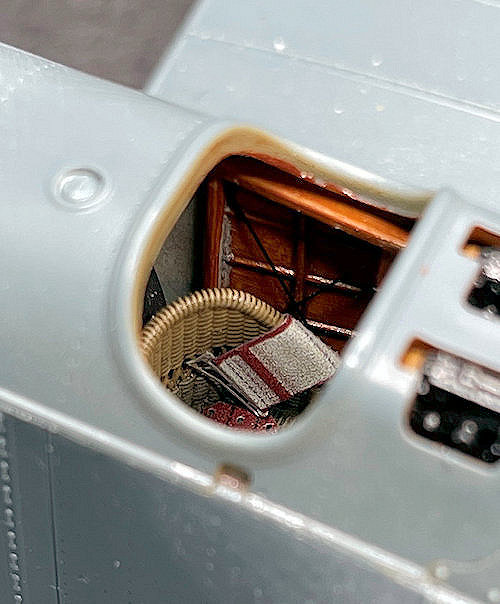
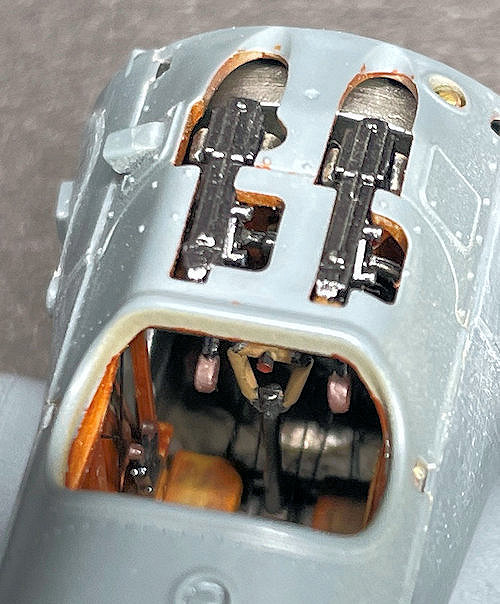
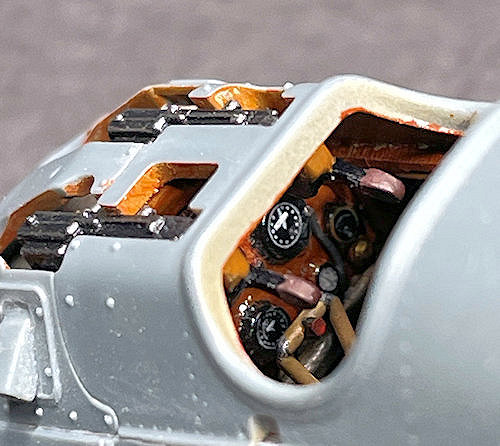
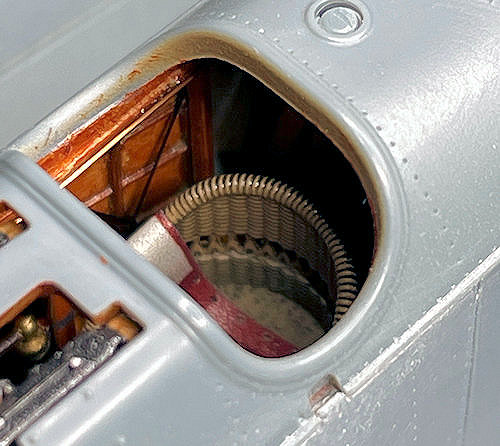
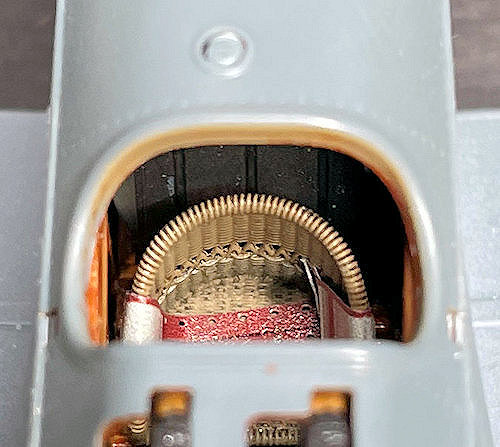
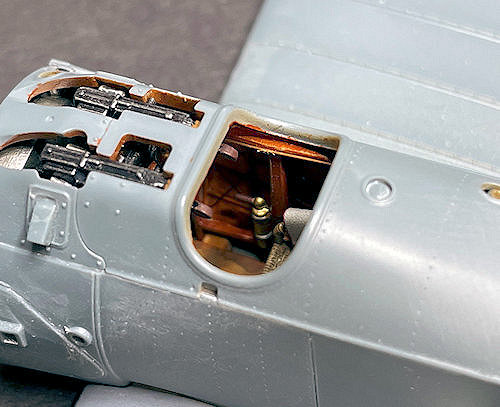

 this should really look great as you progress further!
this should really look great as you progress further!